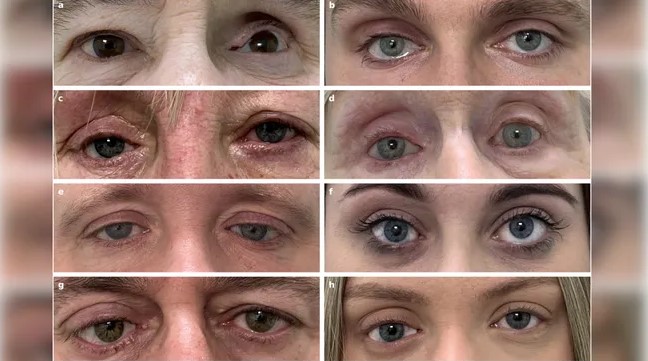
Scientists have learned how to create eye prostheses on a 3D printer that accurately reproduce the color, size and structure of a healthy eye
The new approach greatly simplifies and speeds up the process of creating eye prostheses. After all, its creation has so far required a lot of effort.
How it usually happens
First, the ophthalmologist makes an impression of the patient’s eye socket. Using the impression, a plastic version of the eye is created, which is then hand-painted to match the patient’s healthy eye. The process takes 8 hours in total. The patient can use the prosthesis for 5-10 years.
What the new method offers
Instead of making a mold, scientists create an image of the patient’s empty eye socket and his healthy eye. The images are then processed and used to create drawings and sent for 3D printing in a laboratory.
The printing process takes about 90 minutes, or even faster if you print several eyes at once – for example, it takes only 10 hours to print 100 prosthetic eyes.
Important! These 3D-printed eyes exactly match the color, size, and structure of the patient’s healthy eye. And this is the main advantage of the method.
The perspective of the method
Scientists have predicted that this simple method can produce prostheses for about 80% of adults who need them. At the same time, this method is not suitable for those who have a very complex eye socket shape.
The authors of the development emphasized that the 3D-printed eyes also look more natural than traditional prostheses. That is, another obvious advantage is the comfort and confidence of patients.
“People often do not want others to notice that they have eye prostheses. And 3D-printed eyes are more realistic and will allow for faster integration into society,” said study author Johann Reinhardt.
The method is already effectively used in medical practice. More than 200 adult patients of the Muirfields Hospital in London have already received 3D-printed eyes. Now, the scientists have set a goal to test the approach in more clinics, as well as to study the possibility of this method of prosthetics for children.
Important! This material is for general informational purposes only and should not be used as a basis for diagnosis or medical advice. The publications on the site are based on the latest relevant and scientifically based research in the field of medicine. However, if you need a diagnosis or medical advice, be sure to consult a doctor.

